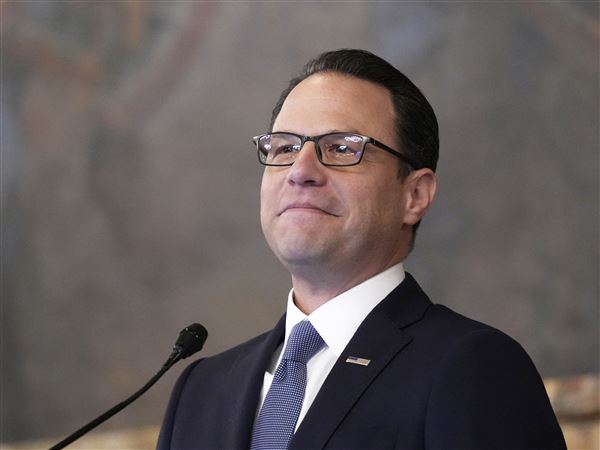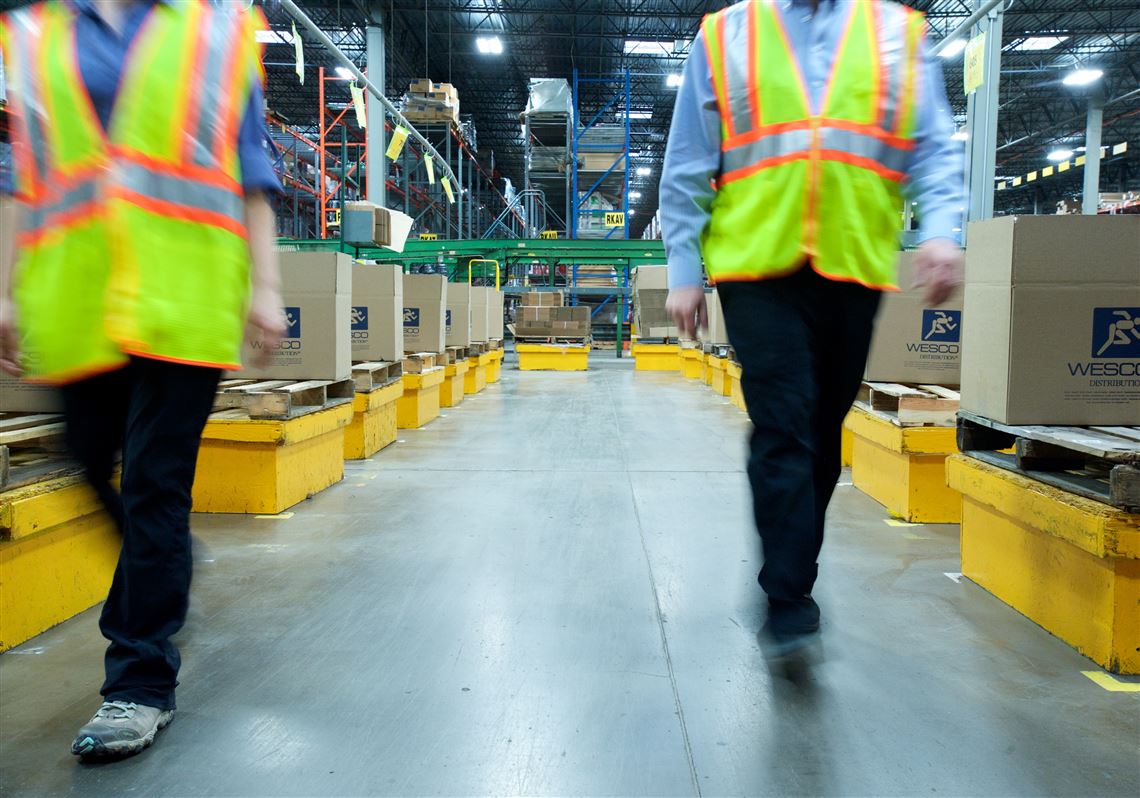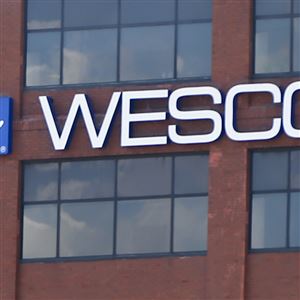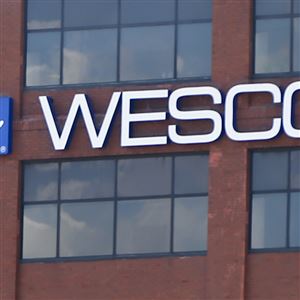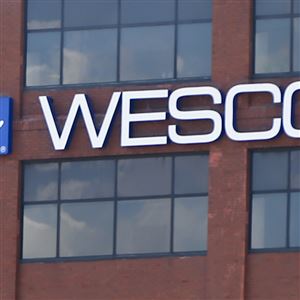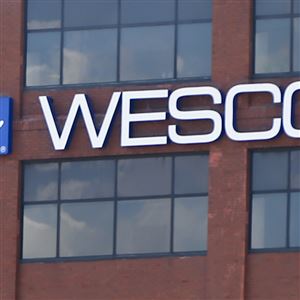If Wesco International made a paper copy of its product catalog and managed to squeeze 100 items onto each page, the result would be a book with 15,000 pages.
But, as CEO John Engel likes to remind investors and analysts on a regular basis, Wesco isn’t a catalog business. It’s not “list minus discount price,” as he often says. It does best with big projects and big customers — those who issue requests for proposals and have someone at Wesco on speed dial.
For all the companies that market themselves as “the Amazon of” something, Wesco goes out of its way to say the opposite — that it’s more of a technical consultancy with a huge trove of products rather than a dispenser of said products.
Back in 2017, Mr. Engel said that kind of model makes for “stickier relationships.”
There’s nothing like a global pandemic to test just how sticky those relationships are.
In 2020, as the coronavirus raged across the globe, the industrial parts distributor nearly doubled the number of customers it serves by buying a rival business, Anixter International.
Now, Wesco is betting on a strong economic recovery to follow what, all in all, had been a great pandemic year for the Station Square-based firm.
Its stock price shot up from the high teens in March 2020 to the low $90s a year later, appreciating more than twice as much as the Nasdaq and the S&P 500 and more than its competitors.
In the summer, the company closed a $4.6 billion acquisition of Illinois-based Anixter, which nearly doubled Wesco’s employee total (now around 18,000) and might have doubled its revenue if not for the pandemic. Instead, Wesco finished the year with $12.3 billion in revenue.
Nevertheless, the Anixter deal wasn’t just consequential. It might have been existential.
Wesco prevailed in a bidding war for Anixter that pitted the company against a private equity firm that initially helped spin out Wesco from Westinghouse Electric Co. in 1994. Analysts said one of the reasons Wesco was so desperate to win the proxy battle — it had upped its offer multiple times — is because it wanted to become too big to be a takeover target.
Acquisition has always been a driving force for Wesco. It was averaging almost two deals a year for the past 25 years, but none came anywhere close to the size of Anixter — the “transformation deal” that Mr. Engel had been heralding for several years.
When the economy recovers, he said recently, Wesco will be among the first to benefit because of its size, customer relationships and breadth of services.
The company has around 800 facilities in more than 50 counties and supplies anything from wires, valves and cabinets to video surveillance equipment, lubricants and personal protective equipment. During the recent winter storm that knocked out power to most of Texas, Wesco delivered water bottles and Gatorade to its utility client, along with cables and wires customized for the job.
The COVID-19 effect
Despite Wesco’s soaring stock price, 2020 was far from great in many more tangible ways.
“The last year was one of the most volatile and challenging years in history,” Mr. Engel said.
Customers projects were delayed, as were payments to Wesco. Transportation was disrupted. Global supply chains deformed and reconfigured in precarious ways. Commercial construction ground to a halt for a while.
This is Mr. Engel’s third time piloting the company through a recession. “Timing is everything,” he said.
He became CEO in 2009, as the world was still reeling from the stock market crash the year before. It took several years to get profits back up to pre-recession levels, with help from a federal stimulus program that launched a lot of public and private projects.
In 2016, business dipped again during an economic downtown, but recovery was faster.
In 2020, the impact of the pandemic was unprecedented, but Wesco has been projecting optimism about its future. It is, after all, twice as big as it was during the last downturn and, “for a distributor, scale is the determining factor,” Mr. Engel said.
The list of Wesco’s potential growth drivers, as outlined in its most recent investor presentation, might leave the impression that anything destined to happen in the future will be to the company’s benefit.
As workers return to the office, for example, commercial customers will spend more money getting workspaces ready.
As remote work continues, broadband and 5G companies will spend even more money building out their infrastructure.
As renewable energy becomes more prevalent, utilities will need to upgrade their grids.
As more natural gas is produced and exported, terminals will be built to liquefy and ship it abroad.
This is, in part, by design. The company has spent the past 25 years scaling up and diversifying its products to take advantage of all of these movements.
“COVID has actually accelerated a number of these growth drivers,” Mr. Engel said.
The pandemic has also made a lot more companies think about where their products come from — which just happens to be Wesco’s business.
“I think that COVID clearly put a spotlight, like it’s never been shown before, on the fragility and risk of the global supply chain,” Mr. Engel said. “I don’t see it as a fad. There’s going to be some reshoring back to North America.”
Not without risk
It’s true that most economic indicators orient in the same direction as Wesco has been pointing: There will be a recovery, and some of it has already begun, said Joel Levington, global director of fixed income research at Bloomberg Intelligence.
“There’s a huge, pent-up amount of cash sitting on the sidelines with consumers,” he said.
At the same time, Wesco isn’t simply sitting there waiting for the upside. To finance the Anixter deal, the company now has $5 billion of debt to crawl out of.
Mr. Levington thinks Wesco’s bond holders — who have not given the company the same enthusiastic ride as its stockholders — may be paying more attention to that number and how a swerve, however minor, from a robust economic recovery might impact the company’s ability to pay down that debt.
Wesco’s operating costs are, in large part, the same whether it’s moving a lot of product or not, Mr. Levington said. So when revenue picks up, profit grows at a much faster clip, he said. But the reverse is true, too — when sales drop, profit tanks faster.
“Earnings pendulum swings both ways,” he said. Clearly, Wesco’s shareholders are counting on it swinging forward.
What happens if another juicy acquisition target comes along as Wesco is working to pay back its debt?
“Their deal appetite is relentless. There’s always been the next deal and the next deal and the next deal,” Mr. Levington said.
Anya Litvak: alitvak@post-gazette.com
First Published: March 26, 2021, 4:38 p.m.

